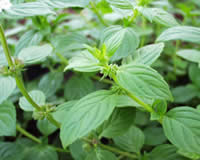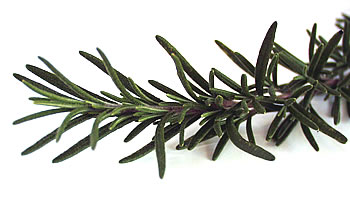Relaxing Lavender
 This beautiful, fragrant perennial herb has been used for centuries to soothe, heal, scent, and flavor. Add extra color to your garden and enjoy the many benefits of lavender.
This beautiful, fragrant perennial herb has been used for centuries to soothe, heal, scent, and flavor. Add extra color to your garden and enjoy the many benefits of lavender.
Lavender’s Legacy
Native to the Southern Alps, peasants of that region used lavender oil medicinally as early as the 1500s. Thriving in such a hot, dry climate at high altitude, fields of true lavender were planted in Provence in the early 1900s. The hybrid Lavadin was soon created for cultivation at altitudes below 700 m.
Today lavender is grown near and far, readily available at your local nursery for your own garden. If you prefer to purchase lavender, there are many online sources for stems, oils, dried flowers, etc.
 Growing and Harvesting Lavender
Growing and Harvesting Lavender
Lavender will grow in zones 5-8. It loves the sun, loathes humidity. Lavender is susceptible to root rot, so be generous with spacing the plants (especially since some will become quite large in time) and make sure the soil is well drained by amending with coarse sand or small gravel. With the right conditions, lavender will prove to be hardy and drought tolerant.
Harvest lavender on a dry, sunny day in the morning. For bouquets, cut stems when 1/3 to 1/2 of flowers have opened. For drying, cut when about 3/4 of flowers have opened. Prune plant (after flowering or in the Spring – each method is recommended) to about 2/3 its original size, leaving about two inches of green growth.
Using Lavender
Fresh lavender is lovely in bouquets. If you have a penchant for weaving, create “lavender wands” (look for directions on the Internet). Lavender can also be used to make a soothing tea. Pour 1 cup of boiling water over 1 teaspoon of fresh flowers; cover and infuse for 10 minutes. Lavender tea can relieve headache, insomnia, and bad breath.
Dry lavender by wrapping the bottom of a handful of stems with a rubberband, then hanging upside down in a dark, dry location for about a week. Use stems in dried floral arrangements or wreaths.
 Uses for the florets (rub dried lavender between hands to remove):
Uses for the florets (rub dried lavender between hands to remove):
1. Cut circles of tulle, fill with florets, and tie with decorative ribbon to create sachets. Place in drawers, closets, even your automobile to add its delicious scent. Lavender also keeps moths away.
2. Place loose in decorative dishes in rooms as a deodorizer.
3. Incorporate lavender into craft projects: soaps, candles, etc.
4. Make a cloth pouch, fill with lavender, and stitch closed. Add it to your dryer when drying linens.





